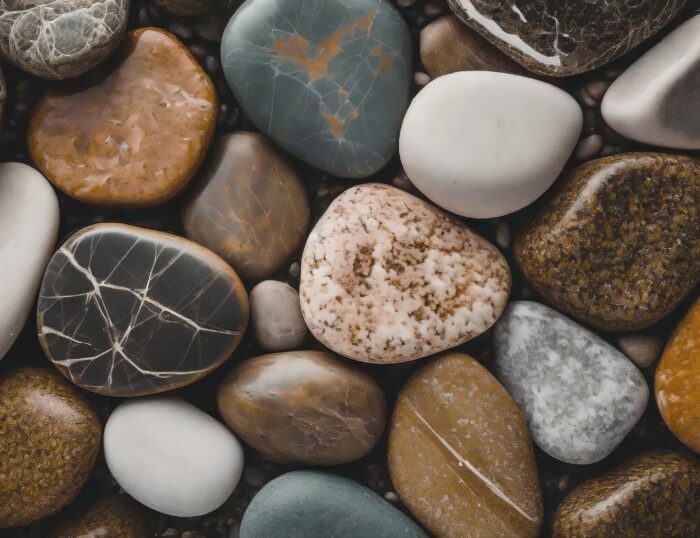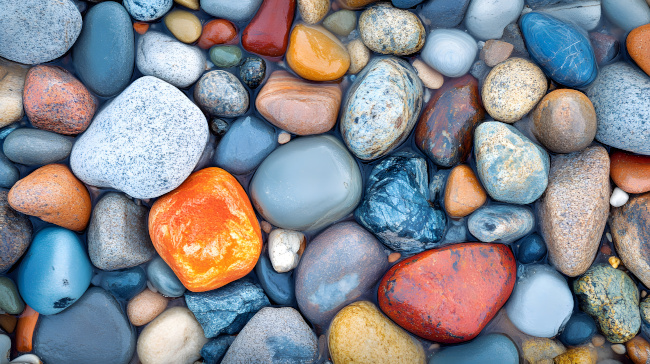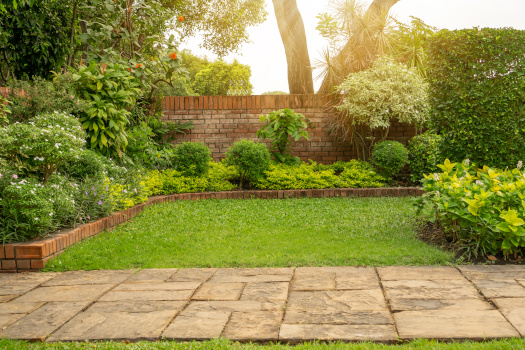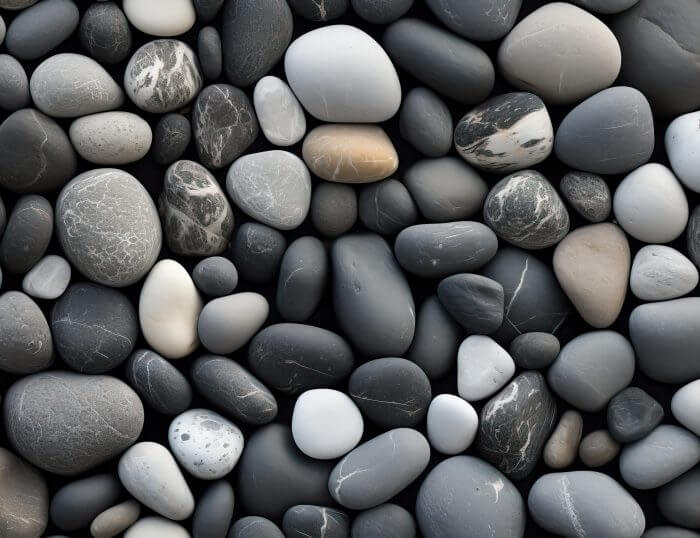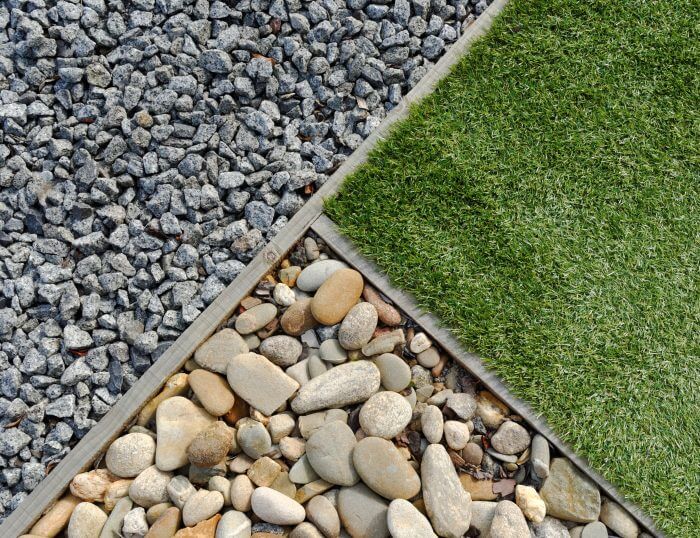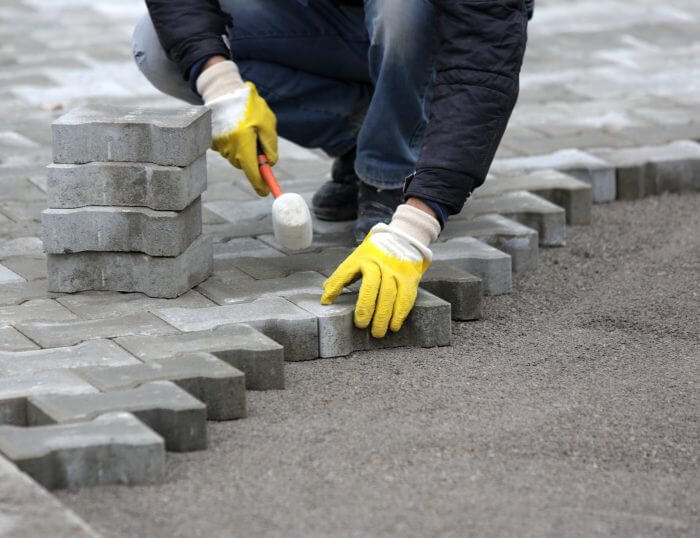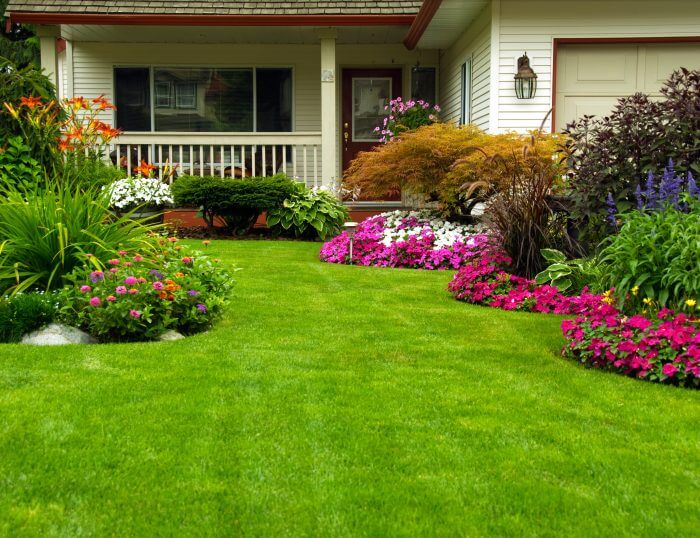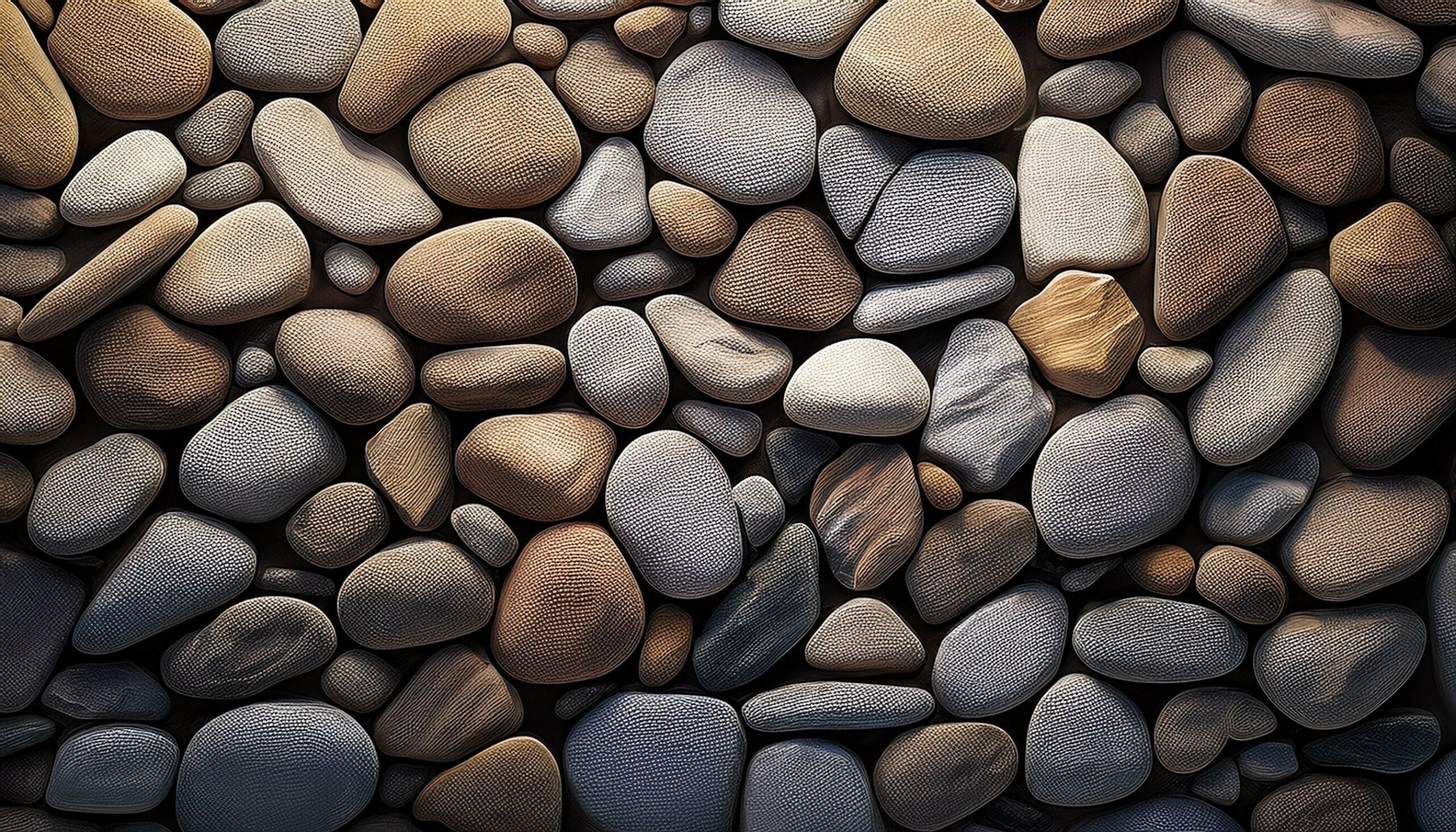
Begin with the Formation & Origin
One of the easiest ways to differentiate gravel from pebbles is to take a look at their origin. Pebbles tend to be found in riverbeds and along the shorelines at beaches. They form naturally over time through the processes of weathering and erosion. Although they usually came from larger boulders, they’re now worn down to smaller individual rocks.
Gravel can sometimes be formed by erosion or rocks tumbling to the ground from higher places. But the gravel you buy today is often created by crushing larger rocks for the primary purpose of using the resulting gravel in construction and landscaping projects.
Think about the Shape & Texture
Being slowly shaped by running water, sand, and wind over time tends to cause landscaping pebbles to have smooth surfaces that can even have a polished appearance, such as what you find with polished black river rock. Gravel tends to have harder angular edges that occur from breakage when the bigger rocks are crushed.
Look at the Available Colors
Both gravel and pebbles come in natural shades of brown, white, black, and gray. They can both be dyed to match specific aesthetic needs. For instance, you might have seen colored gravel or snow-white pebbles inside aquariums or decorative indoor displays. Since beach pebbles are bigger, they tend to have more of a dramatic impact compared to larger pieces of gravel when used in landscaping projects. You’ll also notice wet pebbles tend to take on darker hues more than gravel, since their size makes them more visible.
Explore the Different Applications
Large landscaping pebbles, such as mixed gold or black polished pebbles, are an economical way to fill in large spaces in expansive parts of your property. Gravel and beach pebbles are often the ideal way to create walking paths throughout a landscape. But you may want to keep in mind that gravel is lighter, and this can cause it to wash away faster than bigger beach pebbles.
Consider the Project’s Goals
If your goal is to quickly fill in an area on your property, either option can work. However, bigger beach pebbles are better suited for use on sloped parts of your property where water can wash away the smaller pieces of gravel. You might also prefer the smooth texture of beach pebbles for walking paths, especially if you might walk on the surface barefoot.
Meanwhile, gravel might be better for use on driving paths where you don’t want a smoother effect. When you’re unsure of which option to choose, talk to a landscape rock professional who can guide you toward the best type of decorative rock to use for your project
No matter what kind of landscaping project you’re planning, decorative rocks, stones, and beach pebbles can give it additional depth, character, and beauty. Whether you’re looking for the finest Mexican beach pebble or an assortment of river rock, reach out to the experts at RS&P Rock Stones & Pebbles, a premier landscape rock and supply superstore. To learn how we can help you create the landscape of your dreams, call us today.

